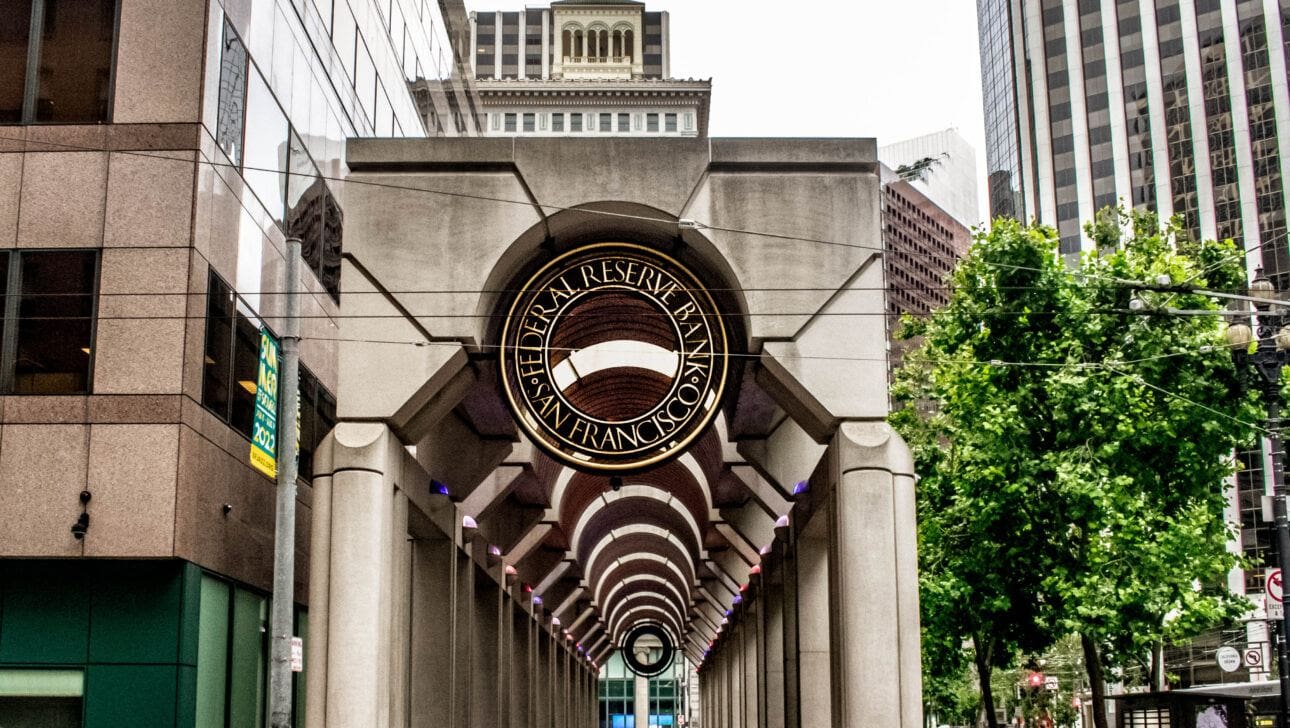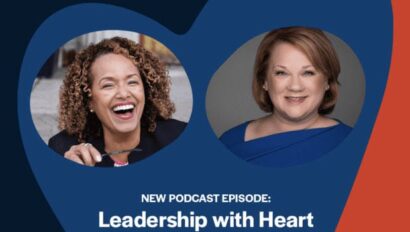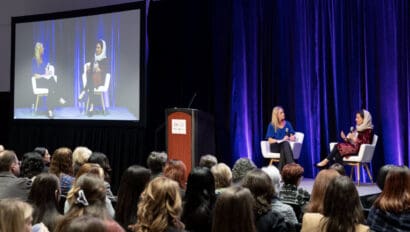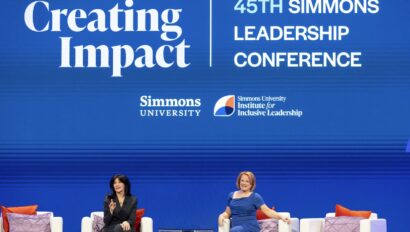Research & Insights
Lessons from DEI Efforts at the Federal Reserve Bank of San Francisco

While many organizations attempt to build diverse, equitable, and inclusive (DEI) workplaces, many have fallen short. Leading change is always challenging; leading change aimed at DEI is additionally complex.
To learn from an organization that continues to build an inclusive workplace, the author, a fellow at the Simmons University Institute for Inclusive Leadership, along with Stacy Blake-Beard and Adam Kleinbaum, colleagues from Dartmouth College’s business school, interviewed leaders at the Federal Reserve Bank of San Francisco (SF Fed). Like many organizations, the Federal Reserve System had a long history, starting in 1913, of employing primarily white men as leaders at all levels. At organizations across the country and world, systems and cultures unintentionally and invisibly evolved, maintaining that demographic profile.
In 2021, the SF Fed launched a 5-year plan to become more diverse. Indeed, their mission — making policy that enhances the financial opportunities of its 69 million diverse constituents — depended on it. After a year of work, the change drivers, David Porter and Sara Piccollo, shared these lessons:
- The organization’s leaders must not only be the drivers of change, but also act as role models. As the primary visionary, SF Fed President Mary Daly initially wanted to quickly promote someone into a vacated chief of staff position. By recognizing the power of modeling, she instead followed the SF Fed’s new policies of posting all jobs to ensure that anyone interested could apply.
- Include change in the organization’s strategy. Many organizations hire one or two people to lead and implement DEI initiatives, often housed in Human Resources. Instead, Daly hired Porter to head up the new division of Strategy, People + Culture, and had Porter report directly to her, alongside her nine other senior executives. This not only signaled the SF Fed’s commitment to the DEI effort, but also provided Porter the needed status, authority, and access.
- Recognize that changes in one area ripple throughout the organization. Many organizations approach DEI in an incremental way, often starting with recruiting and then expanding to other initiatives. Yet as Piccollo pointed out: “[If] you bring in diverse talent, … and don’t change the [culture], the new people aren’t going to feel like they can contribute or progress…. then you might have a retention issue.” A change in one area needs to be supported with changes in others, including how the work gets done, the organization’s structure, the people policies, and the culture. They identified 40 initiatives to implement across the bank.
- Set a long-term horizon for the work — and allocate the resources to that full timeline. The SF Fed set a five-year plan. Long-term planning built senior leadership’s commitment as they were involved in prioritizing initiatives; it diminished the need for fighting for resources year after year, or initiative by initiative, both of which divert precious time and energy away from the real work of change; and itserved as the ground upon which to determine, in any moment, whether to evolve or deviate from the plan, or to stay the course.
- Strategize how to enlist the support of people across the organization and how to address resistance. This includes:
- Focus on actions. While most organizations attempt to change “hearts and minds,” the SF Fed focused on specifying what actions business units could take and what individuals could do. Doing so avoided a common pitfall of getting stuck debating the right vision.
- View resistance as a problem-solving opportunity. Managers initially resisted being held accountable for enacting inclusive leadership behaviors. By asking questions, Porter and Piccollo discovered the real source of the resistance: a lack of clarity around what those behaviors were. To resolve this, the Strategy, People + Culture team identified those specific behaviors and then trained managers in them.
- Accept some level of attrition and get agreement with senior leaders about the level the organization is willing to tolerate. Daly pragmatically acknowledged, “[We said]: ‘This is where our organization is going…there’s a place for you, even if you’re slow to adapt.’ People naturally self-select and if they don’t want to be [part of the change]…that’s okay.”
- Metrics to track progress and hold people and units accountable are essential. But they also may need to evolve over time. Many organizations rely on the metrics they currently have available, often the demographic profiles of different levels or areas of the organization. Often those data are too aggregated and siloed by business unit. While that data may be a useful starting point, Piccollo challenged the SF Fed to think about what metrics would more accurately measure the effectiveness of any initiative or movement towards inclusion.
She also recognized the challenge of determining, collecting, and analyzing the best metrics: While using data is essential to ensure your initiatives are having the desired impact, building a new data-capture infrastructure can be daunting. Instead, she likened the process as “building the pipes to get the water.” Start with what you have, and then concurrently with launching new programs, iterate new data collection options.
- Accept that any plan does not lead to a destination where the DEI work will be complete. It is an on-going journey. As Piccollo said: “…things will have evolved…the world will have changed, [there] will be new issues to address.”
To learn more about SF Fed’s work, access Case A and B entitled “A Framework for Change: Diversity, Equity and Inclusion at the Federal Reserve Bank of San Francisco” at The Case Center:
- Case A: https://casecent.re/p/191652 (provides the context for their work)
- Case B: https://casecent.re/p/191655 (provides details about what SF Fed did and the lessons they learned)




